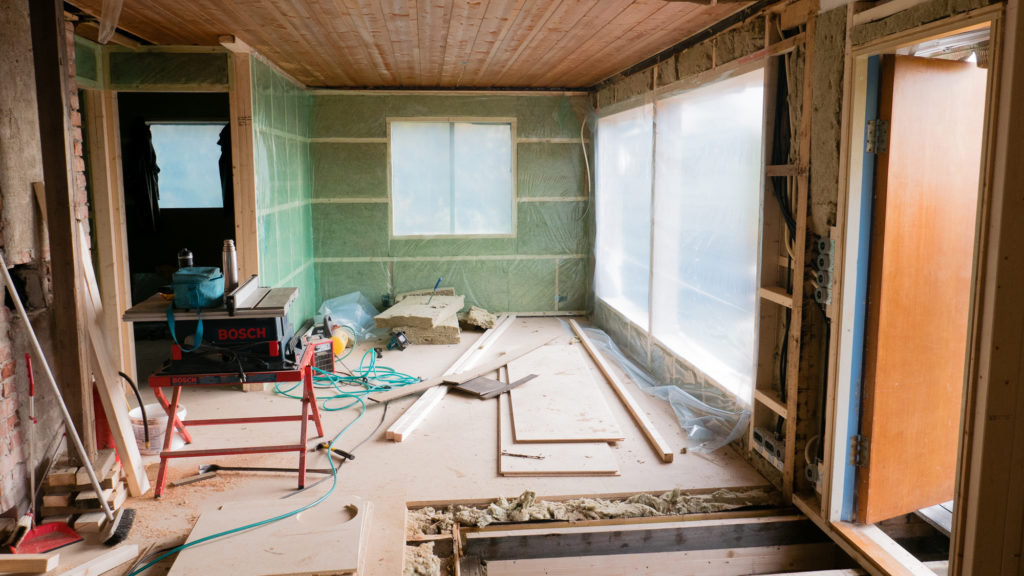Have you ever decided to renovate your house but confused about where and what to begin with? Should you start with remodelling your living room, your kitchen, or your bathroom? Should you start by demolishing unused spaces, repainting your faded walls, replacing old windows or installing new plumbing systems?
If you are looking for answers to these questions, then you are in the right place.
What are the first steps you need for a home renovation?
Firstly, make a to-do list. List down all the changes that need to be carried out. Analyse all the aspects of your house which require serious remodelling. For example, if notice water stains coming from the roof, you need to repair your roof. If you are getting frequent electrical surges, you may want to check for faulty electrical appliances or consider rewiring your entire system. These issues are among the more common signs that your home needs some TLC.
Secondly, prepare a budget. House renovations are usually expensive projects that require significant investments. Taking into consideration your to-do list, try to analyse and calculate approximately how much the entire job will cost. For example, the expenses for the remodelling of the kitchen could include the cost of adding new quartz countertops, new vintage kitchen faucets and new sleek kitchen appliances. Now, compare your estimated expenditures with your actual funds to see if your renovation project is feasible.
Once you have your budget set, try to prioritise the rooms that desperately need remodelling. For example, if you have a limited amount of resources available, you might want to cross out some minor renovations for next time and focus on the most significant ones.
Who will carry out the renovations?
You can hire professionals for a home renovation. If you recruit a contractor, they will help you with the where, when and how of starting your renovation project. You can also hire an interior designer or architect to get more creative and appealing house concepts. A 2015 survey by Houzz’s staff noted how high-quality results were obtained due to contractors and design-build firms.

However, if you have some DIY skills and equipment, and if your project is small enough, you might be better off handling the renovation yourself so that you can save money.
With the high number of online interior design services and DIY home renovation ideas available to you, you can quickly develop interesting ideas for your home renovation. In addition, you can research the items that you need to buy and look for the cheaper prices. This is known as a cost-saving strategy for all homeowners.
Start the Renovations
Once you have established your priority list, budget, plan, and strategies, the work can begin.
First, it is essential to clean out all the clutter and junk to create more space. Then, as per the design crafted by the contractor or by yourself, the demolishing or remodelling process can start. New plumbing systems are installed, roof leakages are repaired, damaged windows are replaced, fresh paint is applied, concrete floor covering is installed, and brand-new furniture and appliances are arranged.
However, one vital thing to keep in mind while renovating is the budget. According to the 2017 statistics of Houzz, 46 percent of homeowners had exceeded their fixed budgets. Most of the time, it can happen that you have exceeded your set budget. Or, other unexpected issues can arise.
The only way out is to have a backup plan.
A backup involves arranging extra equipment, resources and support of people ahead of time and before the renovation project starts. You make preparations in case your ideas fail or your project turns into a never-ending nightmare. It also ensures that you do not get stuck and do not have to pull your hair out.
According to several home renovators we’ve spoken to: “renovation is like pulling a loose thread on a cheap sweater- the job keeps unravelling.”
Do you have the same opinion? Please share your comments.


